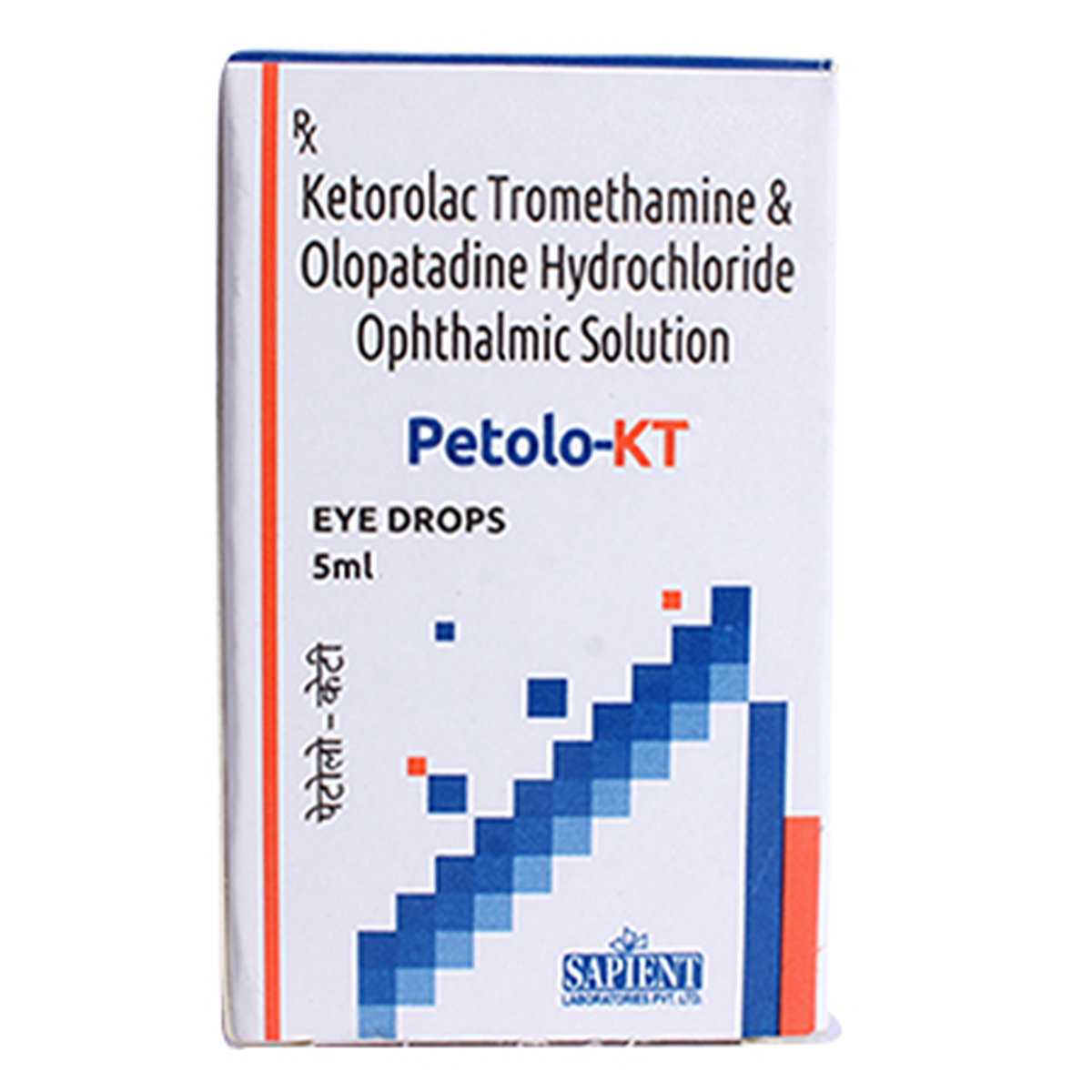Ketorolac+olopatadine
About Ketorolac+olopatadine
Ketorolac+olopatadine belongs to the ophthalmic eye medications, primarily used to treat allergic eye disease. Allergic eye disease is the inflammation that occurs in the eyes due to any allergy. Various materials may be responsible for causing this inflammation. These are known as allergens. Pollen is one of the common seasonal allergens. If you have an allergic eye disease, your eyes may experience irritation or have watery, red eyes. You may also have swelling of eyelids and conjunctiva (inner surface of eyelids).
Ketorolac+olopatadine contains two medicines: Ketorolac and Olopatadine. Ketorolac is a non-steroidal anti-inflammatory drug (NSAID) that is a painkiller. It works by blocking the release of several chemical messengers that cause inflammation (redness and swelling), and pain in the eye. Olopatadine is an antihistamine drug that inhibits the release of histamine from mast cells. Histamines are chemical messengers that are released due to an allergic response in the body. These chemicals are known to cause allergies like runny nose, sneezing, and itchy eyes.
Take Ketorolac+olopatadine as prescribed by your doctor. You are advised to take Ketorolac+olopatadine for as long as your doctor has prescribed it for you depending on your medical conditions. You may experience a burning sensation, eye pain, eye discomfort, eye irritation, headache, dry nose, and taste change. Most of these side effects of Ketorolac+olopatadine do not require medical attention and gradually resolve over time. However, if the side effects are persistent, reach out to your doctor.
Please do not use Ketorolac+olopatadine without consulting your doctor if you have any heart, liver, and kidney diseases, and allergic reactions to Ketorolac+olopatadine and its components. Avoid touching the dropper with bare hands or taking it closer to the eyelids while administering drops, since it contaminates the dropper tip and solution. Inform your doctor if you have shortness of breath, rashes, itching, swelling of lips, face, throat, tongue, or other signs. It is advised to check with your doctor before using Ketorolac+olopatadine if you are pregnant, currently breastfeeding, or taking any other prescribed or non-prescribed medicines. Alcohol consumption may also reduce the effectiveness of Ketorolac+olopatadine, hence limit or avoid its intake during the course.
Uses of Ketorolac+olopatadine
Medicinal Benefits
Ketorolac+olopatadine contains two medicines: Ketorolac (pain killer) and Olopatadine (antihistamine), primarily used to treat allergic eye disease. Ketorolac works by blocking the release of several chemical messengers that cause inflammation (redness and swelling), and pain in the eye. Olopatadine is an antihistamine drug that inhibits the release of histamine from mast cells. Histamines are chemical messengers that are released due to an allergic response in the body. These chemicals are known to cause allergies like runny nose, sneezing, and itchy eyes. It is used to relieve itching, burning, redness, watering in the eyes caused by allergic conjunctivitis. It also treats symptoms of congestion, sneezing, and runny nose caused by seasonal allergies.
Directions for Use
Storage
Side Effects of Ketorolac+olopatadine
- Burning sensation
- Eye pain
- Eye discomfort
- Eye irritation
- Headache
- Dry nose
- Taste change
Drug Warnings
Before taking Ketorolac+olopatadine, let your doctor know if have diabetes, a history of eye infection, heart, liver, and kidney diseases, and allergic reactions to Ketorolac+olopatadine and its components. Inform your doctor if you have arthritis (swelling in joints), glaucoma, and bleeding disorder before taking Ketorolac+olopatadine. Avoid touching the dropper with bare hands or taking it closer to the eyelids while administering drops, since it contaminates the dropper tip and solution. If you wear contact lenses, please inform your doctor. Ketorolac+olopatadine sometimes may make your eye red after administration; in such cases, please avoid wearing a lens until the eye becomes better. Ketorolac+olopatadine is not recommended during breastfeeding unless it is necessary. It is advised to check with your doctor before using Ketorolac+olopatadine if you are pregnant, currently breastfeeding, or taking any other prescribed or non-prescribed medicines. Avoid driving, or operating machines since the administration of eye drops of Ketorolac+olopatadine cause blurred vision for a while after using. Alcohol consumption may also reduce the effectiveness of Ketorolac+olopatadine, hence limit or avoid its intake during the course.
Drug Interactions
Drug-Drug Interactions: Ketorolac+olopatadine may interact with anticancer (methotrexate), blood thinner (warfarin), antiallergic (prednisolone), and medicines for arthritis- swelling in joints (dexamethasone).
Drug-Food Interactions: Consumption of alcohol while using Ketorolac+olopatadine increases the risk of dizziness. Hence avoid or limit the intake of alcohol.
Drug-Disease Interactions: Brief your doctor if you have a medical history of eye infection, asthma, and allergic reactions to Ketorolac+olopatadine and its components.
Drug-Drug Interactions Checker List:
Safety Advice

Alcohol
unsafeKetorolac+olopatadine may reduce alertness and also cause dizziness when used, along with alcohol consumption. It is advised to avoid alcohol intake during the course.

Pregnancy
cautionPlease consult your doctor if you are planning to become pregnant or already pregnant before starting Ketorolac+olopatadine.

Breast Feeding
cautionKetorolac+olopatadine may pass into the breast milk during breastfeeding. Please consult your doctor before starting Ketorolac+olopatadine.

Driving
cautionKetorolac+olopatadine may cause side effects like blurry vision, which could affect your ability to drive. Do not drive or operate machinery in such cases. Drive only when you are alert and have a clear vision.

Liver
cautionLet your doctor know if you have any history of liver diseases. Your doctor will weigh the benefits and potential risks before prescribing Ketorolac+olopatadine.

Kidney
cautionLet your doctor know if you have any history of kidney diseases. Your doctor will weigh the benefits and potential risks before prescribing Ketorolac+olopatadine.

Children
cautionKetorolac+olopatadine may not give to children without the advice of a doctor.
Habit Forming
Diet & Lifestyle Advise
- Take the medication as directed by the doctor and at regular intervals. Do not use other over the counter medications, herbal or vitamin supplements without informing your pharmacist or doctor when you take Ketorolac+olopatadine.
- Try to maintain good hygiene to keep your eyes clean and irritant-free.
- Do not rub your eyes even though some ophthalmic drugs make your eye itchy.
- Wash your hands thoroughly and do not touch the dropper before using drops to avoid contamination.
- Know your allergy triggers, such as pollen, dust and other factors.
Patients Concern
Disease/Condition Glossary
Allergic eye disease: It is the inflammation that occurs in the eyes due to any allergy. Various materials may be responsible for causing this inflammation. These are known as allergens. Pollen is one of the common seasonal allergens. If you have an allergic eye disease, your eyes may irritate or have watery, red eyes. You may also have swelling of the eyelids and conjunctiva (inner surface of eyelids).
Conjunctivitis: A condition caused by the inflammation and irritation of the eye's mucous membrane (conjunctiva).
FAQs
Please do not stop taking Ketorolac+olopatadine even if you feel better. Continue the course as suggested by the doctor.
Ketorolac+olopatadine can cause a blurry vision for some time in the beginning. Avoid driving and operating machinery in such cases until you feel better. If the effect persists longer, seek medical attention.
Eye drop formulation of Ketorolac+olopatadine is for external use only. Wash your hands thoroughly before applying to avoid contamination and not touch the tip of the solution dropper. Remove your contact lenses before using, if you are wearing any. Lift and tilt your head back, look up, and pull down the lower lid and put the drops in the affected eye.
If you apply excess of Ketorolac+olopatadine accidentally, wash your eye with plenty of water and immediately inform your doctor.
Apply the drops as soon as possible. However, if it is time for the next dose, skip the missed dose and go back to your regular dosing schedule.
Keep the eye drops containers tightly closed after every use. Please do not touch the dropper of eye drops since it contaminates the medication and affects the eye. Store it according to the instructions labelled on the leaflet. Keep it out of reach of children and pets.






